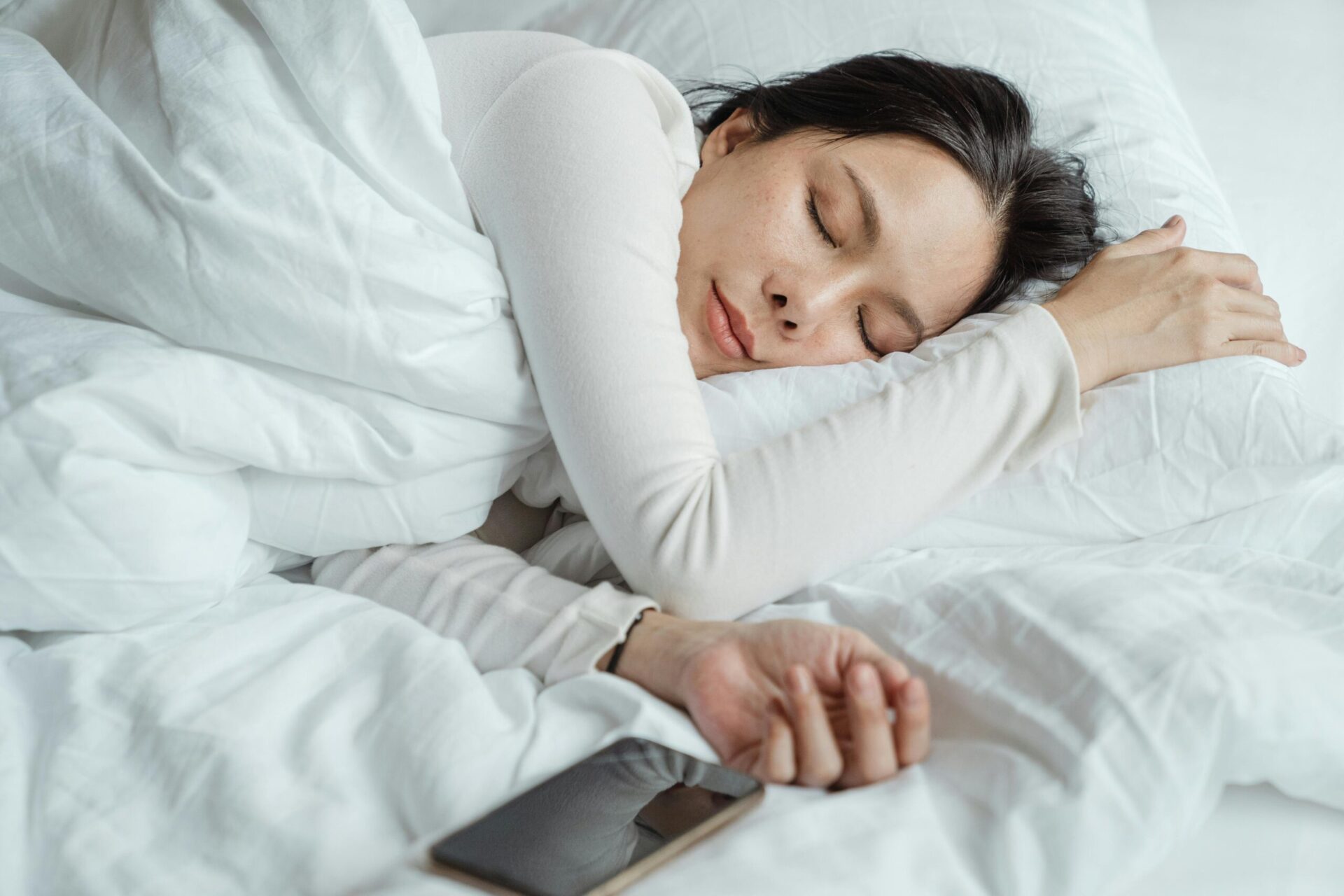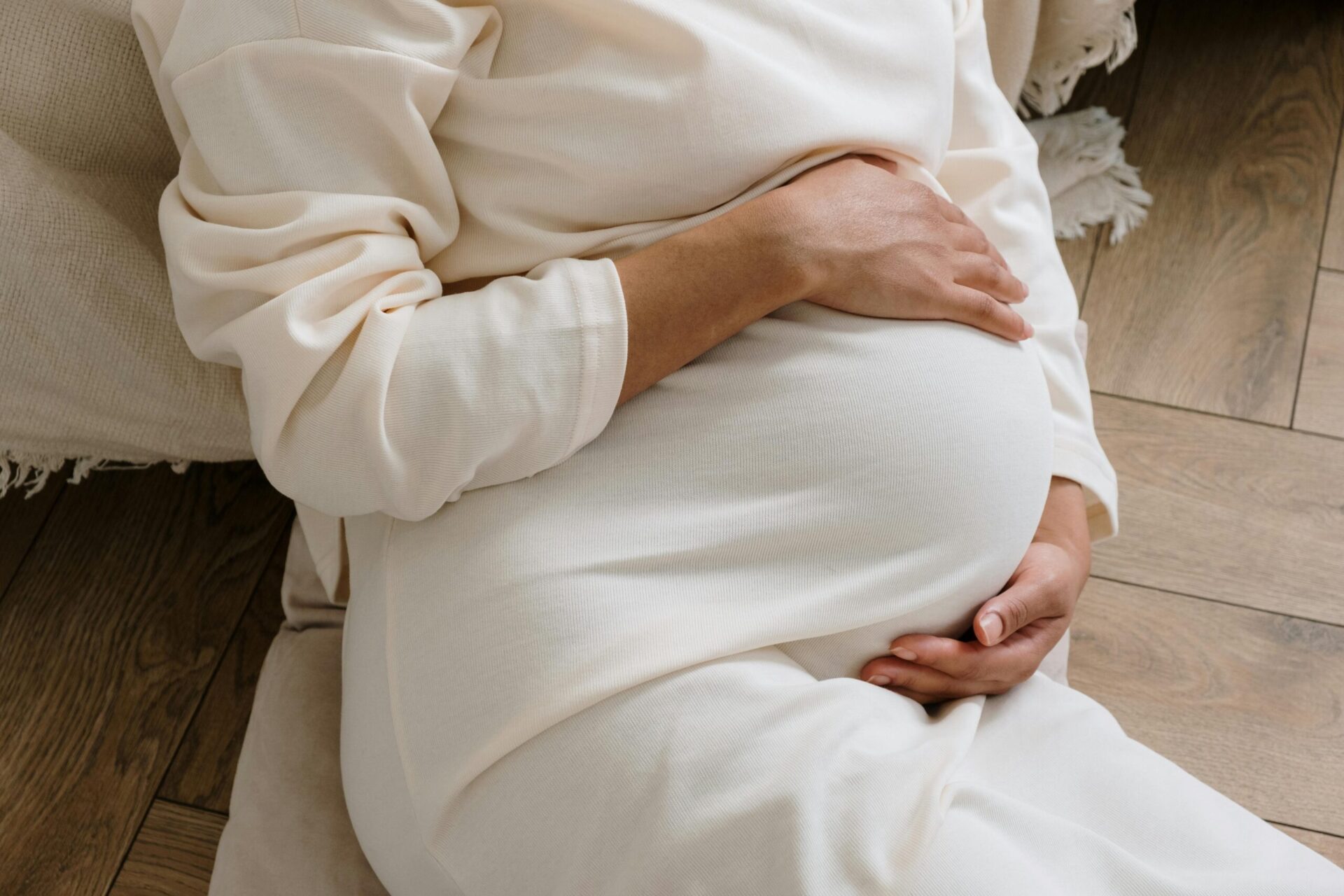
Nutrahara Blog
Nutrahara Blog
Sign Up For Our Wellness Newsletter!
Menstrual Pain Home Remedies for Women 20 to 50
Wellness at Every Stage: Menstrual Pain Home Remedies for Women 20 to 50
Introduction
Menstrual pain is a ubiquitous yet often overlooked aspect of women’s health, affecting women of all ages and backgrounds. From the onset of puberty to the transition into menopause, menstrual pain can disrupt daily life and impact overall well-being. As women navigate the various stages of their lives, it becomes imperative to explore effective and empowering solutions to manage menstrual discomfort.
Embracing Holistic Approaches to Menstrual Health
In a society inundated with quick-fix solutions and pharmaceutical interventions, there is a growing recognition of the value of holistic approaches to menstrual health. Rather than simply masking symptoms with medication, women are increasingly seeking out natural remedies and lifestyle modifications to address the root causes of menstrual pain. This shift towards holistic healing reflects a deeper understanding of the interconnectedness of mind, body, and spirit in achieving optimal health.
The Promise of Natural Remedies
One area gaining traction in the realm of menstrual pain management is the use of natural remedies derived from botanicals, ancient healing practices, and mindfulness techniques. From herbal teas and acupuncture to yoga and meditation, women are discovering a wealth of options to support their menstrual health journey. These natural remedies not only offer relief from physical symptoms but also promote a sense of empowerment and self-care.
Section 1: Understanding Menstrual Pain
Menstrual pain, also known as dysmenorrhea, is a common yet complex phenomenon experienced by women during their menstrual cycles. While for some women, the discomfort may be a minor inconvenience, for others, it can be debilitating, interfering with daily activities and quality of life. Understanding the causes and symptoms of menstrual pain is crucial for effective management and overall well-being.
Causes of Menstrual Pain
- Normal Uterine Contractions: During menstruation, the uterus contracts to shed its lining, resulting in cramping sensations. These contractions are triggered by hormone-like substances called prostaglandins.
- High Prostaglandin Levels: Some women experience more intense menstrual pain due to higher levels of prostaglandins, which lead to stronger uterine contractions. Conditions such as endometriosis or uterine fibroids can further exacerbate menstrual cramps.
Reference: Learn more about the causes of menstrual cramps
Symptoms of Menstrual Pain
- Abdominal Cramps: A common symptom of menstrual pain is cramping in the lower abdomen, often described as dull, throbbing, or sharp.
- Back Pain: Many women experience lower back pain during menstruation, which may radiate from the abdomen or be localized.
- Headaches and Nausea: High levels of prostaglandins can lead to additional symptoms such as headaches, nausea, vomiting, and diarrhea.
Reference: Explore more symptoms of menstrual pain
Understanding Individual Variability
It’s essential to recognize that the experience of menstrual pain varies greatly among women. While some may only experience mild discomfort, others may endure severe pain that significantly impacts their daily lives. Factors such as genetics, hormonal fluctuations, and underlying health conditions can influence the severity and duration of menstrual pain.
Section 2: Menstrual Pain Home Remedies
Menstrual pain home remedies offer natural and accessible options for women seeking relief from menstrual discomfort. These holistic approaches harness the power of nature, ancient healing practices, and self-care techniques to alleviate symptoms and promote overall well-being. From herbal remedies to mindfulness techniques, women can explore a variety of options to find what works best for them.
Herbal Remedies
- Ginger: Known for its anti-inflammatory properties, ginger can help reduce menstrual pain and alleviate nausea associated with menstruation. Incorporating fresh ginger into tea or meals can provide soothing relief.
- Turmeric: Curcumin, the active compound in turmeric, possesses powerful anti-inflammatory and pain-relieving properties. Adding turmeric to warm milk or incorporating it into dishes can help alleviate menstrual cramps.
- Chamomile: Chamomile tea is revered for its calming effects on the body and mind. Sipping on chamomile tea can help relax muscles and ease menstrual pain.
Acupuncture
- Ancient Wisdom for Modern Pain Relief: Acupuncture, a traditional Chinese medicine practice, involves the insertion of thin needles into specific points on the body to stimulate energy flow and promote healing. By targeting key meridian points associated with menstrual pain, acupuncture can help alleviate discomfort and restore balance.
Mindfulness Techniques
- Meditation: Mindfulness meditation involves focusing on the present moment with openness and acceptance. Practicing meditation during menstruation can help reduce stress, relax the body, and alleviate menstrual pain.
- Deep Breathing: Taking slow, deep breaths can help calm the nervous system and reduce muscle tension associated with menstrual cramps. Deep breathing exercises can be practiced anywhere, providing instant relief during menstruation.
Dietary Adjustments
- Omega-3 Fatty Acids: Incorporating omega-3-rich foods such as fatty fish, flaxseeds, and walnuts into the diet can help reduce inflammation and ease menstrual pain.
- Magnesium-Rich Foods: Magnesium plays a crucial role in muscle relaxation and pain management. Consuming magnesium-rich foods such as leafy greens, nuts, and whole grains can help alleviate menstrual cramps.
Lifestyle Modifications
- Regular Exercise: Engaging in regular physical activity can help release endorphins, the body’s natural painkillers, and reduce menstrual pain. Activities such as walking, swimming, or yoga can be beneficial during menstruation.
- Heat Therapy: Applying heat to the lower abdomen or lower back can help relax muscles and alleviate menstrual cramps. Using a heating pad or taking a warm bath can provide soothing relief.
By incorporating these menstrual pain home remedies into their self-care routines, women can take proactive steps towards managing discomfort and promoting overall well-being.
Section 3: Menstrual Pain Massage
Menstrual pain massage offers a soothing and effective approach to alleviate discomfort and promote relaxation during menstruation. By targeting specific areas of tension and utilizing gentle techniques, massage therapy can help relieve menstrual cramps, reduce stress, and enhance overall well-being.
Techniques for Self-Massage
- Abdominal Massage: Using gentle circular motions, massage the lower abdomen in a clockwise direction to promote blood flow and alleviate cramps. Apply light pressure and adjust according to personal comfort.
- Lower Back Massage: Place a tennis ball or massage ball beneath the lower back and gently roll over tense areas to release muscle tension. Alternatively, use your hands to massage the lower back with long, sweeping strokes.
Professional Massage Options
- Swedish Massage: A popular massage technique, Swedish massage involves long, flowing strokes, kneading, and circular motions to promote relaxation and relieve muscle tension. During menstruation, Swedish massage can help ease menstrual cramps and promote overall well-being.
- Deep Tissue Massage: Deep tissue massage targets deeper layers of muscle and fascia to release tension and alleviate chronic pain. While more intense than Swedish massage, deep tissue massage can provide effective relief for menstrual cramps and discomfort.
Testimonials
- Anna, 35: “I’ve struggled with severe menstrual cramps for years, and massage therapy has been a game-changer for me. The gentle pressure and soothing motions help me relax and alleviate pain like nothing else.”
- Sara, 40: “As a massage therapist myself, I’ve experienced firsthand the benefits of menstrual pain massage. Incorporating self-massage techniques into my routine has made a significant difference in managing discomfort during menstruation.”
Benefits of Menstrual Pain Massage
- Pain Relief: Massage therapy can help reduce menstrual cramps, lower back pain, and overall discomfort associated with menstruation.
- Stress Reduction: The relaxing effects of massage can help lower stress levels and promote a sense of well-being during menstruation.
- Improved Circulation: Massage therapy promotes blood flow to the pelvic area, which can help alleviate cramps and promote healing.
By incorporating menstrual pain massage into their self-care routines, women can experience relief from discomfort and promote overall well-being during menstruation. Whether through self-massage techniques or professional massage therapy sessions, women have the opportunity to take proactive steps towards managing menstrual pain and embracing a happier, healthier lifestyle.
Section 4: Menstrual Pain Yoga Poses
Yoga offers a gentle and holistic approach to managing menstrual pain, providing women with a combination of movement, breathwork, and mindfulness to alleviate discomfort and promote overall well-being. By incorporating specific menstrual pain yoga poses into their practice, women can target areas of tension, improve circulation, and enhance relaxation during menstruation.
Specific Poses Targeting Abdominal and Pelvic Discomfort
- Child’s Pose (Balasana): This gentle forward bend stretches the lower back, hips, and thighs, providing relief from tension and discomfort in the pelvic area. Hold the pose for several breaths, focusing on deep, slow breathing to enhance relaxation.
- Cat-Cow Pose (Marjaryasana-Bitilasana): This dynamic spinal movement helps release tension in the lower back and abdomen, improving circulation and promoting relaxation. Coordinate movement with breath, inhaling as you arch the back (Cow Pose) and exhaling as you round the spine (Cat Pose).
Testimonials
- Emily, 45: “Yoga has been a lifesaver for me during menstruation. The gentle stretches and calming breathwork help me relax and manage menstrual cramps more effectively. Child’s Pose is my go-to whenever I’m experiencing discomfort.”
- Sophia, 38: “I’ve found that practicing yoga during my period not only helps alleviate physical pain but also improves my mood and mental well-being. Poses like Cat-Cow Pose provide gentle movement and relief from tension.”
Benefits of Menstrual Pain Yoga Poses
- Relief from Menstrual Cramps: Yoga poses target areas of tension and discomfort, providing relief from menstrual cramps and lower back pain.
- Enhanced Relaxation: The combination of movement, breathwork, and mindfulness promotes relaxation and reduces stress levels during menstruation.
- Improved Circulation: Yoga poses improve blood flow to the pelvic region, helping alleviate cramps and promote healing.
By incorporating menstrual pain yoga poses into their practice, women can tap into the healing power of movement and mindfulness to alleviate discomfort and promote overall well-being during menstruation.
Section 5: Managing Menstrual Pain in Thighs
Menstrual pain in thighs is a common yet often overlooked aspect of menstruation, causing discomfort and tension in the lower body. By understanding the connection between menstrual pain and thigh discomfort, women can implement targeted strategies to alleviate symptoms and promote relief during their menstrual cycles. Through a combination of exercises, stretches, and self-care practices, women can effectively manage menstrual pain in thighs and enhance overall well-being.
Understanding the Connection
- Muscle Tension: Menstrual cramps can cause muscle tension and tightness in the thighs, contributing to discomfort and pain.
- Pelvic Floor Dysfunction: Imbalances in the pelvic floor muscles can lead to referred pain in the thighs during menstruation, exacerbating discomfort.
Exercises to Alleviate Thigh Pain
- Leg Lifts: Lie on your side and lift your top leg towards the ceiling, engaging the inner thigh muscles. Hold for a few seconds before lowering back down. Repeat on both sides to strengthen and tone the thighs.
- Squats: Stand with your feet hip-width apart and lower into a squat position, keeping your knees aligned with your ankles. Focus on engaging the thigh muscles as you rise back up to standing.
Stretches for Relief
- Inner Thigh Stretch: Sit on the floor with your legs extended wide apart. Lean forward from the hips, reaching towards one foot and then the other to stretch the inner thighs.
- Quad Stretch: Stand tall and bend one knee, bringing your heel towards your glute. Hold onto your ankle or foot with one hand and gently press your hips forward to stretch the front of the thigh.
Self-Care Practices
- Heat Therapy: Applying heat to the thighs can help relax muscles and alleviate tension. Use a heating pad or warm compress to soothe soreness and promote circulation.
- Epsom Salt Baths: Soaking in a warm bath with Epsom salts can help relax muscles and reduce inflammation in the thighs, providing relief from menstrual pain.
Testimonials
- Maria, 42: “I’ve always struggled with thigh pain during my periods, but incorporating targeted exercises and stretches has made a significant difference for me. Taking the time to care for my thighs has helped alleviate discomfort and promote relaxation.”
- Jessica, 36: “Heat therapy has been my go-to for managing thigh pain during menstruation. Applying a heating pad to my thighs helps ease tension and allows me to move more comfortably.”
By implementing these strategies for managing menstrual pain in the thighs, women can alleviate discomfort and promote relaxation during menstruation. With a combination of exercises, stretches, and self-care practices, women have the opportunity to take proactive steps towards managing thigh pain and embracing a happier, healthier lifestyle.
Section 6: Post-Menstrual Pain Relief
Post-menstrual pain, also known as postmenstrual syndrome, refers to lingering discomfort and symptoms experienced by some women after their menstrual period has ended. While menstrual pain typically subsides with the conclusion of menstruation, some women may continue to experience discomfort or residual symptoms.
Understanding Post-Menstrual Pain
- Hormonal Fluctuations: Changes in hormone levels during the menstrual cycle can contribute to post-menstrual symptoms such as bloating, fatigue, and mood swings.
- Inflammation: Residual inflammation in the pelvic area may contribute to post-menstrual discomfort and pain, particularly for women with conditions such as endometriosis or pelvic inflammatory disease.
Lifestyle Adjustments
- Healthy Diet: Consuming a balanced diet rich in fruits, vegetables, whole grains, and lean proteins can help regulate hormone levels and reduce inflammation, easing post-menstrual symptoms.
- Regular Exercise: Engaging in regular physical activity can help alleviate stress, improve mood, and reduce symptoms of post-menstrual pain. Aim for a combination of cardiovascular exercise, strength training, and flexibility exercises.
Self-Care Practices
- Stress Management: Practicing relaxation techniques such as deep breathing, meditation, or yoga can help reduce stress levels and alleviate post-menstrual symptoms.
- Hydration: Drinking plenty of water throughout the day can help flush out toxins, reduce bloating, and alleviate symptoms of post-menstrual discomfort.
Herbal Remedies
- Dandelion Tea: Dandelion tea is known for its diuretic properties, helping to reduce bloating and water retention commonly experienced during the post-menstrual phase.
- Peppermint Oil: Peppermint oil has been shown to help alleviate symptoms of bloating and digestive discomfort, providing relief from post-menstrual symptoms.
Testimonials
- Sarah, 48: “I used to dread the days following my period, as I would often experience lingering discomfort and bloating. However, since incorporating herbal remedies and lifestyle adjustments into my routine, I’ve noticed a significant improvement in my post-menstrual symptoms.”
- Rachel, 41: “Regular exercise has been a game-changer for me in managing post-menstrual pain. Even a short walk or yoga session helps alleviate discomfort and improves my overall mood.”
Conclusion
Menstrual pain is a significant aspect of women’s health that can impact daily life and overall well-being. From menstrual cramps to post-menstrual discomfort, women experience a range of symptoms throughout their menstrual cycles. However, by exploring natural remedies, lifestyle adjustments, and self-care practices, women can effectively manage menstrual pain and promote a happier, healthier lifestyle.





